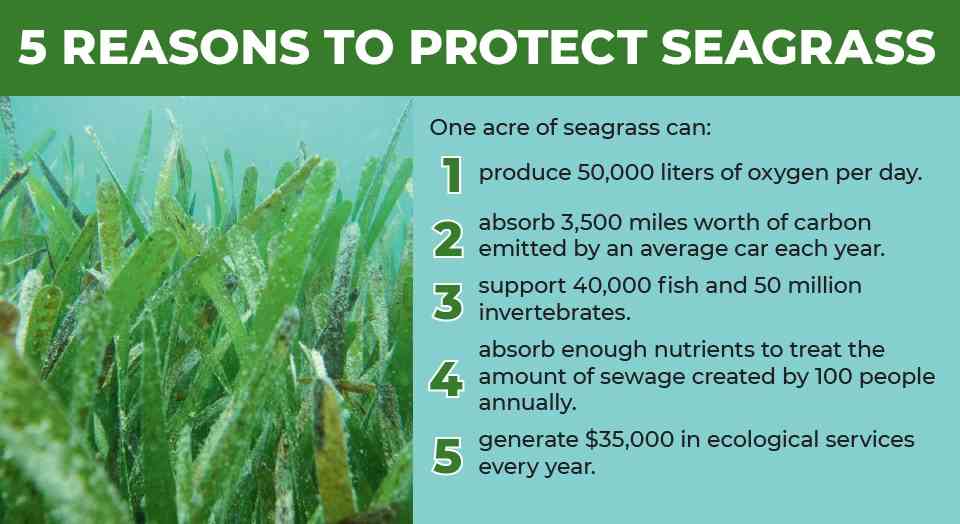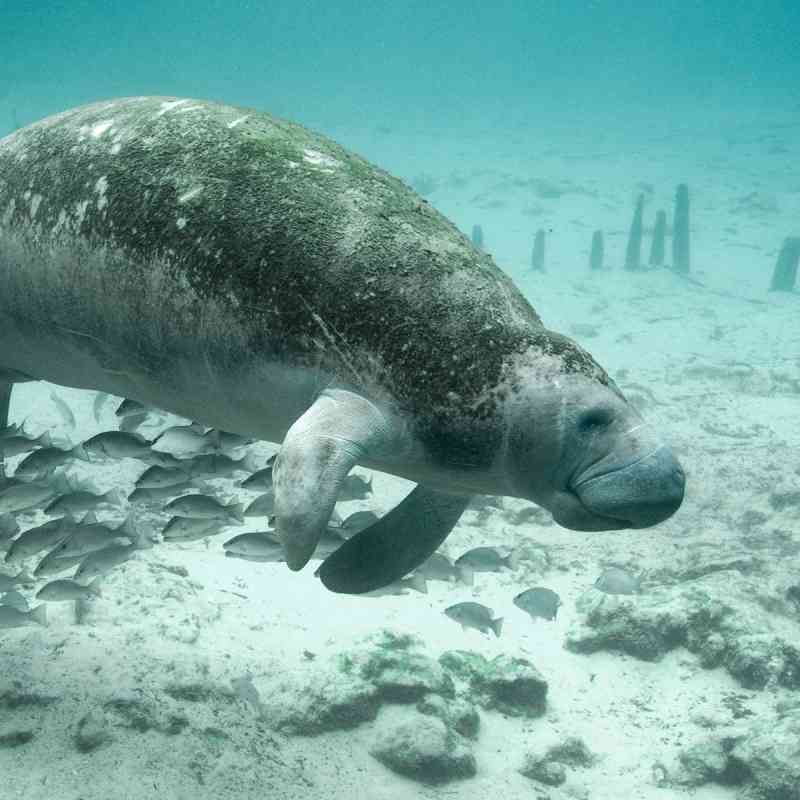Florida manatees, those beloved bulbous and bewhiskered creatures of shallow seabeds and coastal canals, estuaries and freshwater rivers, have proved more adaptable and resilient than once believed. But that hasn’t stopped 2021 from going down as one of the deadliest years ever for manatees. Almost 750 of the threatened marine animals died in the first five months alone—“an unusual mortality event,” according to the National Oceanic and Atmospheric Administration.
This year seems on track to surpass the annual manatee death record set in 2013 when 830 manatees perished after algal blooms wreaked havoc on both Florida coasts. A brown tide shaded out seagrass—a crucial food source for manatees—in the Indian River Lagoon on the Atlantic Coast, and a prolonged toxic red tide in southwest Florida killed manatees and other wildlife on the Gulf Coast.
“While there are always some cold-stress and boating collision deaths every year, a major source of manatee deaths this year is related to the loss of large areas of seagrasses, which could have dire long-term effects for the population,” says Elizabeth Fleming, Defenders’ senior Florida representative. “If manatees are malnourished and starving, unless we take action to improve water quality in Florida, poor stewardship of our precious water resources will continue to harm this federally protected species—along with entire ecosystems.”
Excess nitrogen and phosphorus from agricultural runoff causes algal blooms, which have long-plagued Florida’s coastal waterways. Leaking septic systems, urban runoff, sewage overflow and other pollution have compounded the problem, so that today significant areas of seagrass meadows have been wiped out.
Manatee survival depends on the protection of healthy food sources and crucial natural areas of warm water. To this end, Defenders is advocating for the U.S. Fish and Wildlife Service to work with the state of Florida to improve land and water management, including storm and wastewater treatment, and is working to secure regional warm-water habitat networks near food sources, which are essential for manatees in winter.
For example, Defenders is calling for restoration of the Great Florida Riverway,
a 217-mile system of rivers and springs that flows north from Lake Apopka and the
Green Swamp in central Florida to the Atlantic Ocean via the Ocklawaha, Silver and St. Johns rivers.
The Ocklawaha is the heart of the riverway, but a dam built in the 1960s has impaired 16 miles of the river and submerged 7,500 acres of forested wetlands and 20 freshwater springs. Breaching the dam would provide hundreds of manatees with much-needed winter refuge.
“Like the Everglades to the south, the Great Florida Riverway is vital to the ecosystem health of north and central Florida, and restoring it is the most impactful action we can do to help manatees in this part of Florida,” says Liz Neville, Defenders’ senior Gulf Coast representative. “We also need to stop treating our precious water resources like a toilet. While we are seeing the impacts to manatees and other species, we are kidding ourselves if we think this will not affect us. The quality of our water is essential to our well-being, too.”
Seagrass data and photo source: FWC Fish and Wildlife Research Institute
Manatees photo credit: USFWS/David Hinkel
Related


